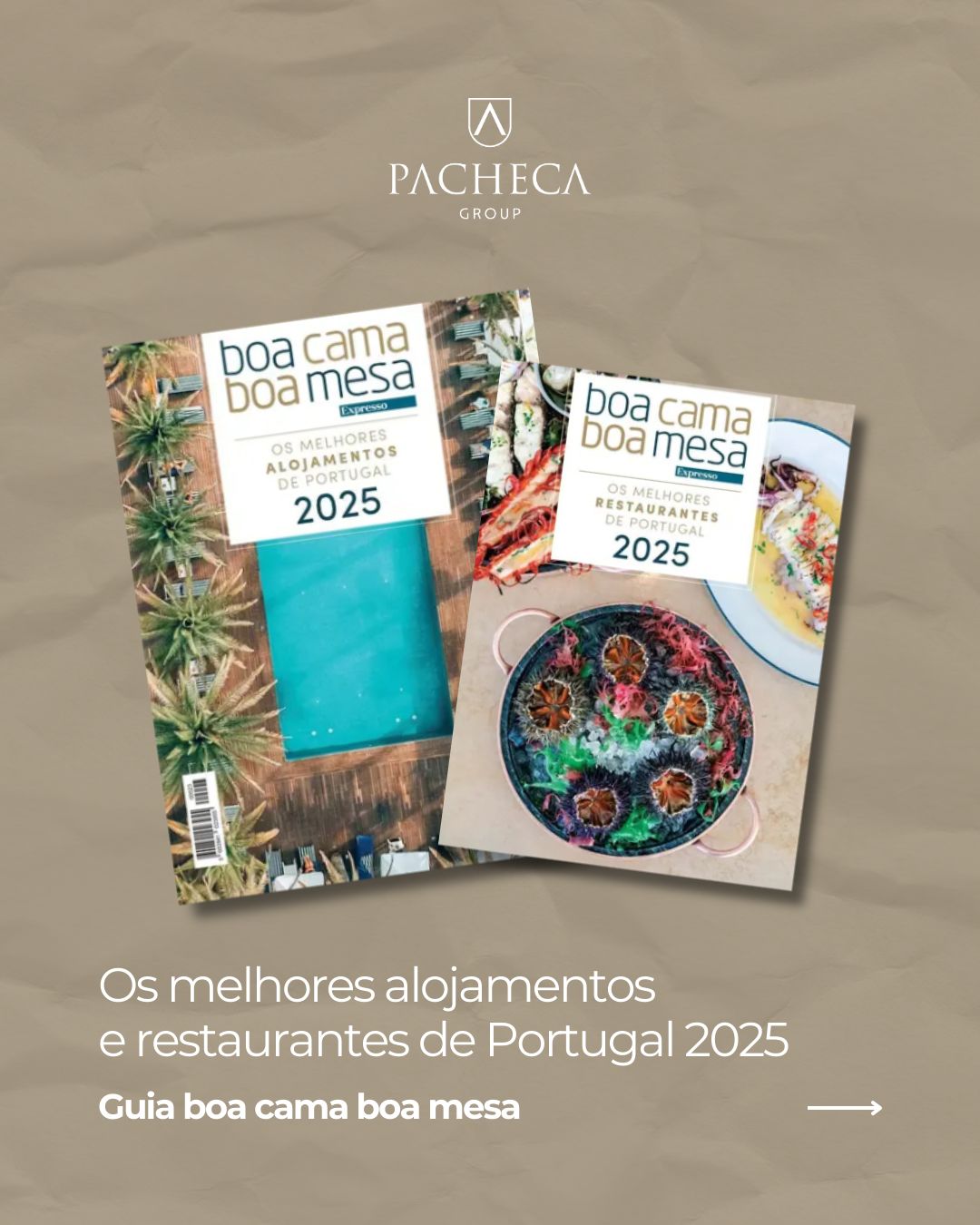Late Harvest: the art of producing sweet wines
Late Harvest is a term widely used in the wine world to describe a specific production method, in which grapes are harvested later than usual, that is, they are grapes that are purposely left on the vines, usually for several weeks after the normal harvest. This technique results in wines with unique and distinct characteristics, which offer a very different sensorial experience to connoisseurs.
In fact, late harvesting is a strategy used by wine producers to create sweet, fortified, rich in flavor and complex wines. Generally, the grapes destined for this harvest are left on the vines for a longer period, being harvested, for example, in November or December, beyond their normal ripening point. This factor occurs because during this additional time, the grapes accumulate more sugar and therefore develop unique characteristics. This process, then, is called dehydration of the grape berry. In general, the ideal time for late harvesting will depend on the type of grape and the climatic conditions of the region in which they are being grown. Generally, the grapes are left on the vine until they reach the desired characteristics, which may vary depending on the style of wine to be produced.
One of the main influences on the late harvest is the action of the fungus “Botrytis cinérea”, known as “noble rot”. In certain climates, especially humid ones, this fungus can develop on grapes, piercing their skins and allowing the water to evaporate, further concentrating the sugars and flavors. The presence of this fungus is characterized by ensuring greater complexity in the wines, with notes of honey, flowers and candied fruits, for example. For this reason, wines produced from a late harvest are normally classified as excellent wines to accompany desserts or tasting wines.
Regarding winemaking methods, late harvesting involves a careful selection of grapes, ensuring that only the best and healthiest are used. After harvesting, the grapes are gently pressed so that all the concentrated sweet juice is extracted and subsequently fermented. During fermentation, it is important that this process is stopped before all the sugar is converted into alcohol, in order to maintain the wine's characteristic sweetness. In addition to being good allies with the weather, these wines should be consumed cool, generally between 10ºC and 12ºC, for a better experience.
Our protagonist in this context is Pacheca Colheita Tardia, a DOC Douro wine produced from the vinification of the Sémillon grape variety harvested in conditions of overripeness and rot. This late white wine, with an exceptionally vibrant color, presents aromas with notes of honey and dried fruits, as well as a slight acidity. In the mouth, the combination of sweetness and acidity are in perfect harmony, making this a true late Douro nectar!
See more +
Late harvesting is, therefore, a careful and meticulous practice, which requires knowledge and experience from wine producers to achieve the best results. Having the opportunity to enjoy a wine harvested late is to discover a unique process that offers a great balance between sweetness, acidity and complexity of flavors, making it, in fact, a perfect choice for special moments and even better when harmonized with exquisite desserts.




